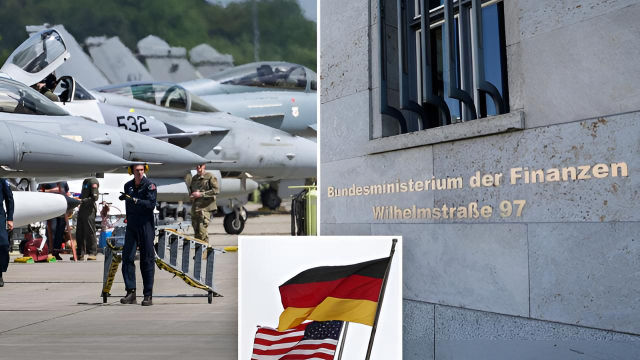‘I strangled them with my own hands’: Yahya Sinwar’s testimony in 1989
- WatchOut News

- Dec 10, 2023
- 4 min read
Updated: Dec 15, 2023
At the time, the future Hamas leader was in charge of tracking down collaborators with Israel.

At the time, the future Hamas leader was in charge of tracking down collaborators with Israel.
Sinwar, who was in charge of gathering intelligence about collaborators, surprised Israeli investigators when he gave them a tour around Gaza revealing the locations where he had buried the bodies of collaborators he had murdered, mostly by strangling them with his own hands.
“I’m ready to tell you everything, from the beginning, things I’ve done and never talked about,” he said, according to a transcript of the interrogation, which is 10 pages long and is kept in the archives of the Supreme Court in Jerusalem.
Around three years earlier, in 1986, Sinwar had joined forces with the then-head of Hamas, Ahmed Yassin. Yassin had just been released from Israeli prison, one of 1,151 prisoners released as part of the Jibril Agreement, in return for which three Israeli soldiers, who had been taken hostage during the 1982 First Lebanon War, were released.
In coordination with Yassin, Sinwar founded a subgroup whose task was to identify collaborators with Israel.
“When Sheikh Yassin was released from prison in the exchange deal, I would go to visit him,” Sinwar said. “We sat and talked about the situation in the Gaza Strip, the situation of Islam and the collaborators with Israel.
“We decided to employ people who would gather information on the collaborators and on everyone who was against Islam. I knew it was dangerous, so I recruited Rawhi Jamal who could be trusted.
“I updated Sheikh Yassin and we started working. Each was responsible for a different area, I received the southern area of the Gaza Strip. We would pass information between us in mailboxes in mosques.”
Sinwar told investigators that he later recruited more operatives, mainly from Gaza colleges, and that the assassinations were approved by Yassin.
Shooting or strangling
During the hours-long questioning, Sinwar provided gruesome details of the murders of collaborators, all of which he committed himself—either by shooting or by strangling the suspect.
Hamas leader Yahya Sinwar - Why the IDF wants him dead
In one instance, Sinwar tracked a Gazan named Rasmi Salim, after receiving information that he was an apostate and collaborated with Israel.
“We were driving a white Peugeot, stopped next to Rasmi, caught him, and pushed him in the car,” Sinwar described with eerie casualness. “We interrogated Rasmi, and he admitted that he was in contact with Israeli intelligence, with a man named Abu Rami. He also admitted that he used to bring girls to his shop and mess with them.
“We took him to the cemetery in Khan Yunis, without telling him what we were going to do. I tied his eyes with a rag so he couldn’t see, pushed him into an open grave and suffocated him with a rag. After strangling him, I wrapped him in a white cloth and filled in the grave. I understood from Rasmi that he realized that he deserved to die.”
Sinwar told the investigators that Hamas later provided him with a weapon, but he preferred to kill the suspects with his hands.
Thus, for instance, he described how, following similar intelligence, the group killed a Gazan named Adnan Safur, whom Sinwar threatened with a gun and abducted. After a violent interrogation (“We beat him”), Safur admitted that he had collaborated with Israel, which immediately sealed his fate. “I suffocated him with a keffiyeh, we dug a hole and buried him,” Sinwar said.
He provided details of two more murders: “We saw Fathi Issa walking alone in the Bureij refugee camp,” Sinwar told investigators. “We got out of the vehicle, threatened him with a gun, and shoved him in the car. From there we drove to an orchard and I interrogated Fathi.
“I grabbed his throat with one hand and started choking him. With the other hand, I punched him in the stomach, and suddenly he had a heart attack and died. We drove to the neighborhood of Sheikh Radwan, and using a hoe we dug a hole. When we finished, we returned to the orchard to bury him.”
Sinwar and his men’s next target was Hussein al-Sir from Khan Younis, a wealthy man who liked to show off his Mercedes car. “When we found him inside his vehicle, I took out a gun and threatened him.
“I pressed the gun to his neck to force him into the car, but the gun went off and killed him. We put him in the car, drove away and buried the body. After that, we washed the car to get rid of the blood and went home. After some time, I think the next day, we saw the [Israeli] military there and knew that they had found Hussein’s body.”
For these and other murders, Sinwar was convicted and sentenced to five life sentences, which he was supposed to serve until his death, but in October 2011 he was released from prison (where he learned Hebrew)—having served only 22 years—as part of the Gilad Shalit prisoner exchange.
After his release, Sinwar gained power and popularity within Hamas, becoming its Gaza leader in February 2017 after defeating Ismail Haniyeh in internal elections.


.png)



Comments